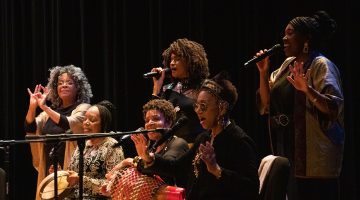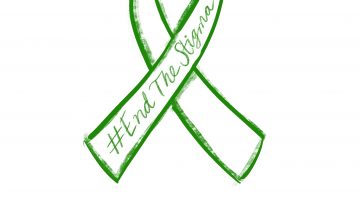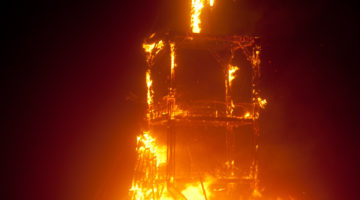
xusenru/Pixabay
A woman is cradled in a man’s arms during The Festival of Colors in Moscow, 2017. It goes without saying that sexual harassment is commonplace in almost any setting, which is why it’s unsurprising that many people — particularly women — report unwanted sexual advances at festivals like Coachella and Burning Man.
Festivals are one of the many ways people escape the routine of daily life, for hundreds — sometimes even thousands — of dollars. Music, food, comedy and film festivals are all opportunities to make memories, meet new people with similar interests and experience those interests up close.
Unfortunately, festivals have also become common sites of sexual violence, particularly toward women.
Though this is not a new phenomenon, high reports of sexual and physical violence have been brought to light more frequently in recent years. In 2016, a campaign called OurMusicMyBody was launched by organizations like Resilience and Between Friends, which studied rates of harassment at festivals. They identified a number of different types of harassment toward men, women, transgender and nonbinary people, including groping, sexual gestures, unsolicited body comments, sexual assault, physical violence and drugging. According to a 2017 study by the campaign, 92 percent of surveyed women said they experienced some form of harassment at a festival, sexual or otherwise. At the same time, 60 percent of transgender people reported homophobic or transphobic physical violence at festivals.
While severe and incredibly disheartening, these facts are not necessarily shocking. Everyone who’s been to a concert or festival can think of instances involving pushing, yelling, inappropriate comments or coercion in some capacity. In spaces where bodies are pushed so close together, there’s definitely enough room for some form of assault to take place.
In 2018, YouGov also surveyed 1,188 festival-goers about their own experiences with sexual violence. While nearly half (43 percent) of women under 40 said they experienced unwanted sexual behavior at music festivals, only 2 percent of such incidents were reported to police. Unfortunately, these sexual assault cases rarely result in arrests, much less actual convictions.
For law enforcement, there are several forms of sexual deviancy that can result in varying degrees of consequences. Not only that, but sexual assault cases that don’t involve evidence left by penetration are difficult to testify on in court, as they rely solely on verbal accounts. According to the Reno-Gazette Journal, Burning Man reports between five and 20 sexual assaults each year. However, most of these reports are never followed up because they involve leering or grabbing, which are not criminalized under Nevada state law.
Even reports that are not conducted through surveys or law enforcement can attest for sexual assault that takes place at festivals. One reporter for Teen Vogue, Vera Papisova, reported being groped 22 times within a 10-hour span at Coachella 2018. And the worst part — she was there to investigate sexual assault at that very festival. In her investigation, she met 54 women who also said they experienced sexual harassment at the same festival. Papisova also mentioned a viral photo of a man who wore a shirt that said “Eat Sleep Rape Repeat” to Coachella in 2015.
While festivals can be sites to make exciting new memories, people should hold themselves and others accountable for respecting everyone’s boundaries. And although most festivals are quite crowded, invasions of space and bodies are easily recognizable, especially to those on the receiving end.
Carla can be reached at csuggs@nevadasagebrush.unr.edu, or on Twitter @carla_suggs.











